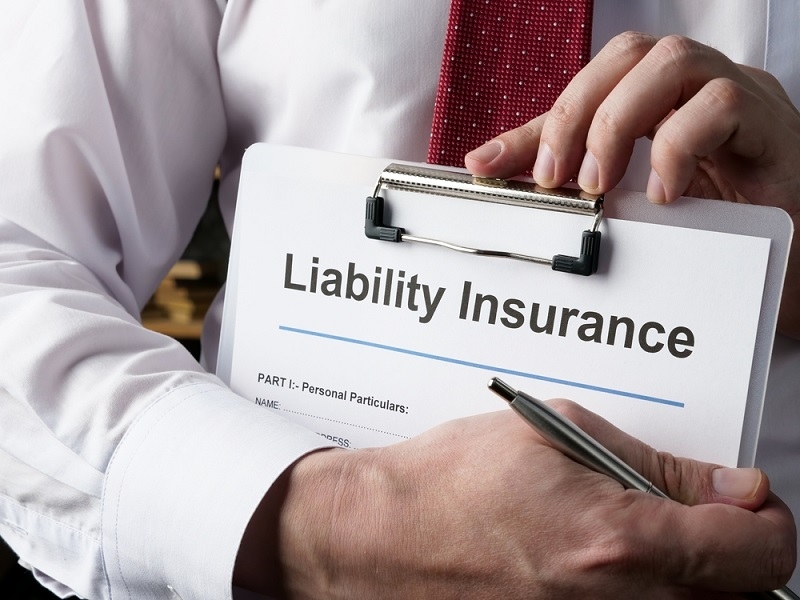
It doesn't matter if you're a new driver, a first-time buyer, or just looking through your existing insurance. Knowing the distinctions between liability and full coverage auto insurance is essential. Auto insurance is more than a legal obligation—it's a way to protect your finances. However, it can be daunting to determine the right coverage you need (and what you're paying for).
This guide will help you achieve just that. We'll provide a complete overview of auto insurance coverage, addressing state minimums, full coverage features, and optional add-ons. We'll also offer hints and tips to obtain the best rates—particularly designed for newcomers and younger drivers.
Auto insurance coverage is a contract between you and an insurance company that protects your financial interests in case of a car accident, car theft, or damage to a car. In exchange for a monthly or annual premium, the insurance company agrees to indemnify you for certain losses according to your policy. There are different policies available with varying extents of coverage.
To select the right policy, you must distinguish between liability and full coverage and what optional extras may be available.

Now we'll focus on the two most common types of insurance.
Liability insurance is the most basic car insurance policy coverage and is a legal requirement in nearly every state.
Liability insurance covers:
Liability insurance does not cover bodily injuries to yourself or damage to your vehicle.
Pros:
Cons:
Complete coverage isn’t a single type of insurance but a combination of policies that offer more complete protection.
It generally includes
Pros:
Cons:
Choosing between full coverage auto insurance and liability depends on your car’s value, driving habits, location, and financial comfort.
Liability insurance is best if:
Full coverage is ideal if:
Even though full coverage costs more, it may save you thousands in repairs or replacements.
Here’s a breakdown of what full coverage auto insurance offers:
| Coverage Type | What It Covers |
| Liability | Others’ injuries and property if you’re at fault |
| Collision | Damage to your car from collisions (even if you're at fault) |
| Comprehensive | Theft, fire, flood, falling objects, vandalism, animal impact |
| Medical Payments (MedPay) or PIP | Medical bills for you and passengers, depending on state laws |
| Uninsured/Underinsured Motorist | Costs when hit by someone without insurance |
Optional add-ons for auto insurance coverage can increase protection but also affect premiums. Let’s explore those next.
Depending on your needs, these add-ons for auto insurance coverage may be worth considering:
Help with flat tires, dead batteries, or towing if your car breaks down.
Covers the cost of a rental car while yours is being repaired after a covered loss.
Covers the “gap” between your car’s value and what you owe on a loan or lease.
Pays to replace your car with a new one rather than the depreciated value if it’s totaled.
Covers aftermarket parts and modifications (wheels, stereo systems, etc.).
Essential if you drive for Uber, Lyft, or other platforms, bridging gaps in your policy.
These additions allow you to tailor your auto insurance coverage to your lifestyle—but always check if the benefits outweigh the added cost.
Each state in the U.S. sets its minimum liability requirements for auto insurance. These minimums usually include bodily injury and property damage liability, but the amounts vary significantly.
Some states also require
Important Tip: While buying only the state auto insurance minimum coverage requirements may keep costs low, it can leave you severely underinsured. If you cause a serious accident, the fees may far exceed your policy limits—leaving you responsible for the difference.
Car insurance is often expensive for young or first-time drivers. Choosing between full coverage auto insurance and liability can be tricky.
To save money, look for cheap auto insurance coverage for young drivers with the following tips:
To avoid overpaying for insurance, use these smart tips to get the best value:
Always get at least three quotes from different insurers. Premiums can vary significantly for identical coverage.
Many insurers offer bundling auto insurance coverage deals when you combine your auto, home, renters, or life insurance. This can lead to 10–25% savings.
You can reduce your premium if you can afford a higher deductible (the amount you pay before insurance kicks in).
Insurers often use credit-based scores to determine rates. Keep your credit healthy to pay less.
Cars with high safety ratings, anti-theft devices, and low repair costs are cheaper to insure.
You can avoid filing small claims. Too many can increase your premiums or lead to non-renewal.
Knowing what not to do is just as important as understanding your coverage. Here are a few pitfalls to steer clear of:
You should re-evaluate your auto insurance coverage whenever you:
By regularly reviewing your policy, you can adjust coverage, add necessary protections, or take advantage of better deals elsewhere.
The difference between liability and full coverage auto insurance ultimately comes down to the car's value, your budget, and how much risk you're comfortable assuming. Always remember to compare policies side by side, and also check state minimums for coverage requirements and any additional coverages you might need for extra peace of mind.
Ultimately, by understanding these differences, you can determine the best auto insurance coverage for your circumstances without paying more than you have to.
This content was created by AI